With continual advancements in the realm of aerial electric vehicles, such as those boasting vertical takeoff and landing (VTOL) capabilities, the durability and efficiency of lithium-ion batteries (LiBs) matter significantly. New findings presented in ACS Energy Letters highlight a significant development in the LiB technology arena. This advancement carries the potential for not only refining battery operation in high-stress uses like drones but also for the prospective recycling of these drone batteries in less demanding environments.
The Lifespan of a Typical Drone Battery: When Does It Become ‘Stressed’?
Despite their high energy density and lighter weight, lithium-ion batteries are not without flaws. The formidable power draw required during activities like a drone’s takeoff exerts considerable strain on the batteries. This strain can cause damage, thereby reducing their lifespan. Looking for solutions, researchers such as Ilias Belharouak, Marm Dixit, and their colleagues have focused their energies on enhancing LiB resilience. Their strategy revolves around a unique electrolyte expressly designed for fast charging and discharging.
The research group’s method involved putting a number of LiB cells through severe conditions. They discharged 15 times the battery’s optimal capacity for 45 seconds to mimic the quick power draw typical of vertical takeoffs. The results of this high-stress test showed that the batteries could not maintain more than 100 cycles of this intense activity, with a noticeable drop in performance after around 85 cycles.
Interestingly, a valuable revelation cropped up in the next phase of the research. When the so-called “stressed” batteries were later put through slower, lower-rate power demands, they showed the ability to hold onto some of their capacity. This observation indicates that while these LiBs may struggle in the harsh demands of high-power applications like VTOL drones, they have potential for a second life in less demanding settings. This could lead to their use in battery backups for power supplies or energy-grid storage, providing a sustainable answer to the problem of battery waste.
The implications of this study are twofold. First, it underlines the necessity for continuous development of alternative battery technologies capable of handling the heavy-duty demands of applications like electric vertical takeoff and landing. Second, it illuminates a sustainable avenue for expanding the utility of lithium-ion batteries beyond their initial high-stress applications. The repurposing of batteries for lower-demand applications can enhance battery technology’s sustainability and contribute to a more circular economy.
This study signifies a major leap forward in our comprehension of lithium-ion battery performance under stress. It also introduces new approaches to battery use and recycling. Considering the growing demand for efficient, durable power sources, particularly in the rapidly developing area of aerial electric vehicles, such explorations are critical in carving the path for more resilient and sustainable battery technologies.



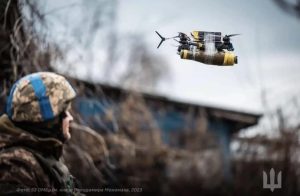


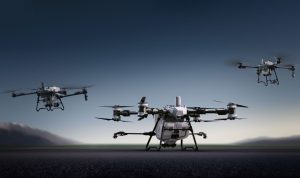

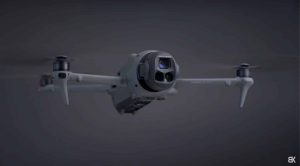







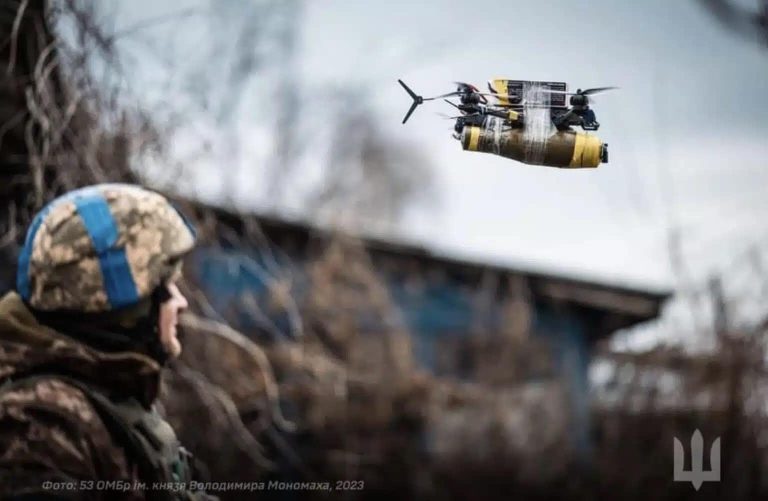



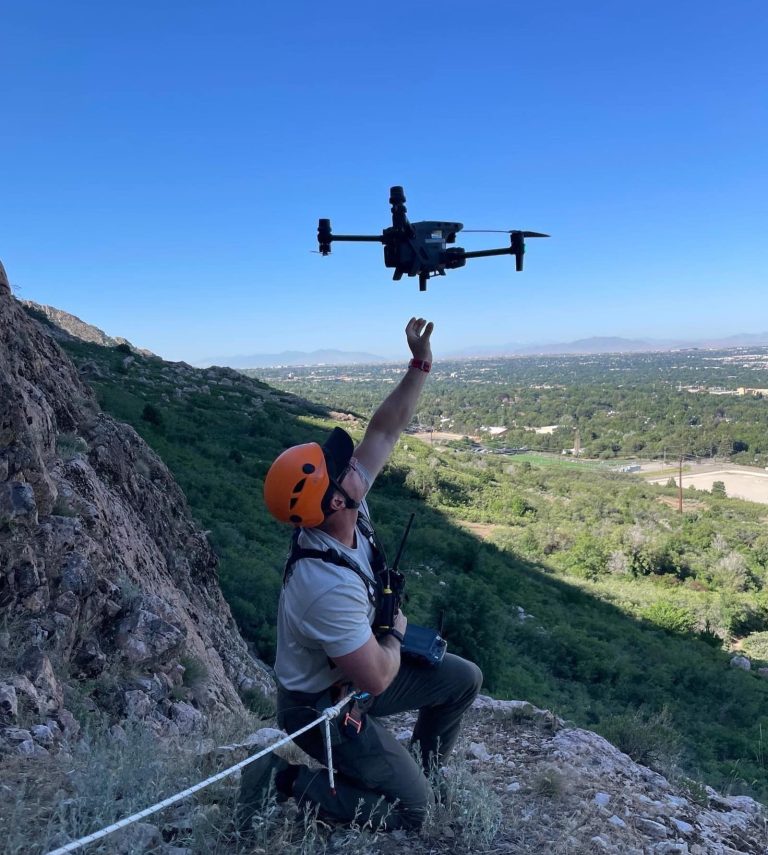
+ There are no comments
Add yours